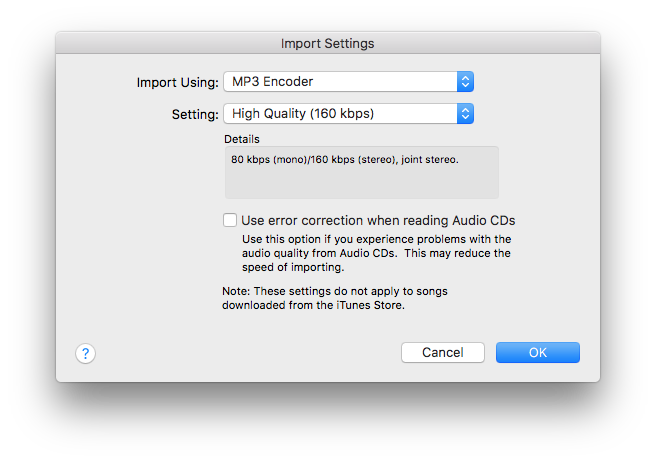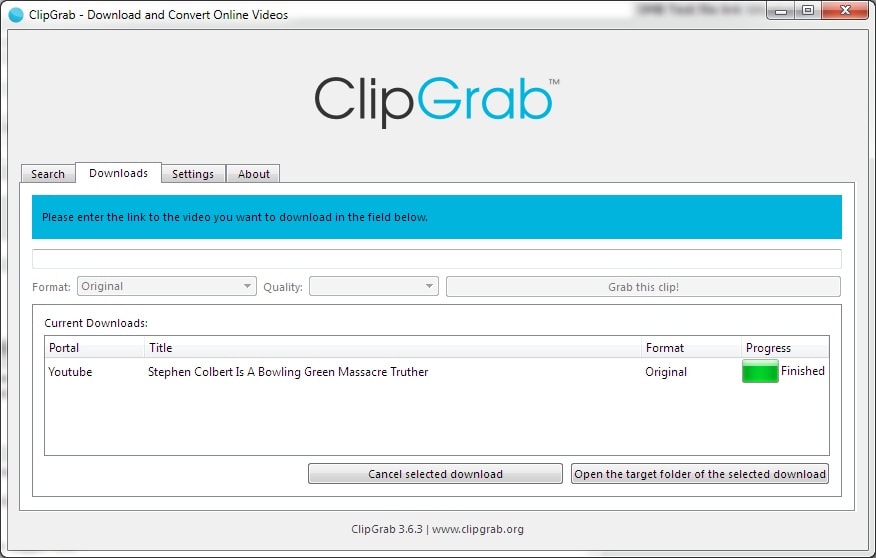
- #Itunes mp3 encoder how to#
- #Itunes mp3 encoder android#
- #Itunes mp3 encoder download#
- #Itunes mp3 encoder windows#
#Itunes mp3 encoder windows#
If you wish to locate the MP3 file on your hard drive, right-click the file in the library and choose Show in Windows Explorer, or Show in Finder on the Mac.When you click on your Music Library, you should see that the tracks have been added.When the tracks have all been imported, a small green checkmark appears next to each file.Importing the CD means converting each song to an MP3 audio file. iTunes will now import each song on the audio CD.You will be asked if you would like to import the CD into your iTunes library.After scanning the CD, iTunes will display the track or tracks found on the CD.Insert the audio CD into your CD-ROM drive.Click OK, and then OK again to close the Preferences window. You can also choose between Good, High, Higher, or Custom for the quality setting. For the ”Import Using” setting, select MP3 Encoder.On the General tab, the area in the middle of the page that states “When you insert a CD”, make sure ”Ask to Import CD” is showing.Choose the Edit menu and select Preferences. Before you insert the audio CD, you want to make sure that files will be converted into MP3 audio files.Of course, I use version 2.91, and will never go anything newer as far as winamp is concerned.
#Itunes mp3 encoder download#
Ingredientsġ – Apple’s iTunes program (current version as of this post 8.0.2) – download hereġ – Any Audio CD that is playable in a standard CD player Directions As far as Mp3 encoding, I use a 3rd party app that works great for me, instead of using either winamp or iTunes (though I have both installed). You can also set the conversion quality down below.UPDATE – Watch the updated version using iTunes 12. This subdued support for AAC files is since it is newer.
#Itunes mp3 encoder android#
The AAC format may not necessarily play on every device, especially the Android and Windows devices. iTunes and Apple Music users, however, prefer the AAC files. Set the Import Using choice as MP3 Encoder. MP3 files can play in pretty much any device and operating system, giving it more popularity than AAC files. Open iTunes, go to Edit > Preferences > General > Import Settings.
#Itunes mp3 encoder how to#
If your songs are not protected, you can use iTunes installed on your Windows or Apple Music on Mac to easily convert songs in iTunes Library to MP3: How to Convert iTunes Library to MP3 on Windowsįirst, let’s see how to use iTunes on a Windows computer to convert songs in the iTunes library to MP3.ġ. Convert iTunes Library to MP3 on iTunes or Apple Music Because most people won’t switch to another player or device to merely play a format that is not as compatible as MP3, even though AAC format has been widely accepted in the digital audio industry. But even the audio quality in AAC is better than MP3, AAC is still not widely used among music listeners. So music listeners and brands got to use MP3 more and more and the heat still keeps going up until now.ĪAC is designed to replace MP3. MP3 is available in nearly every gadget that can play digitised music. There are three ‘main’ formats for encoding music in popular use today.


MP3 used to ask for licensing fees from music brands, but due to messy management, they got nothing back most of the time. This is going to be a fairly brief article about encoding music, sound quality and how to get the most useful results. At a time people were crazy about sharing music in MP3 and then as MP3 players came out, MP3 obviously was the first choice for streaming music.Īnother reason why MP3 keeps its popularity is that it’s basically “free” for everyone. Speaking of why MP3 is so popular that almost everyone is playing music in MP3 format, one of the major reasons is that this format came out in the booming years of digital music. Convert Entire iTunes Library to MP3 (Apple Music Songs Included) Why MP3 is Much More Popular than AAC? Convert iTunes Library to MP3 on iTunes or Apple Music Part 3. Why MP3 is Much More Popular than AAC? Part 2.


 0 kommentar(er)
0 kommentar(er)
